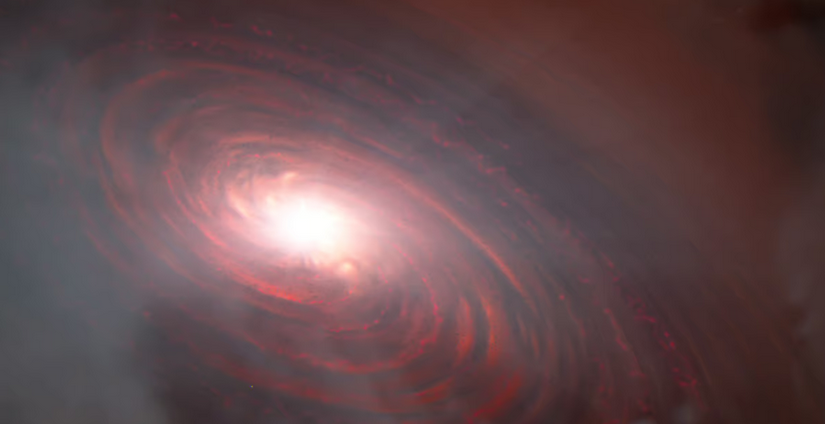Researchers from MIT and the University of Birmingham (UB) believe that they’ve cracked the formula for detecting habitable planets using currently available technology. It all has to do with an exoplanet’s levels of carbon dioxide and ozone.
There’s been a lot of talk about how rising levels of carbon dioxide in the Earth’s atmosphere is contributing to global warming, but the fact is that our planet has a remarkably low level of the gas compared to other, less habitable worlds like Venus. A whopping 96.5% of that planet’s atmosphere is composed of the gas, while Mars has an atmosphere containing 95% CO2. Earth, on the other hand, has an atmospheric concentration of just .04% carbon dioxide. That’s because our oceans absorb about 80% of the planet’s carbon dioxide.
This fact has led researchers to develop a new method of identifying exoplanets that might have liquid water, by searching their atmospheres for low levels of carbon dioxide. Specifically, the researchers propose using our solar system as a model, and lay out a plan of looking for a grouping of planets that fall within a distance from their sun where water might exist in liquid form. Then, if an analysis of the atmospheres of those worlds reveals one with lower atmospheric carbon dioxide than the others, the likelihood that the gas is trapped by large bodies of water would be high, they say.
Continue here: New Atlas



































